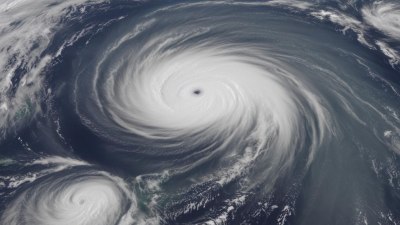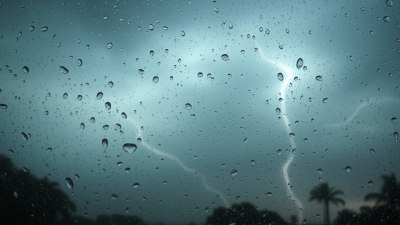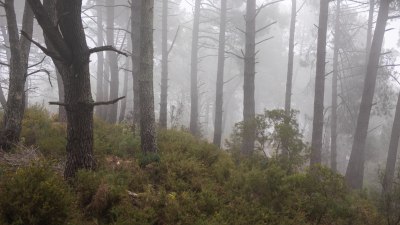What Happens to Hurricanes When They Hit Cold Water
Explore how cold water affects hurricanes and their intensity, trajectory, and formation.

This image was created with the assistance of Freepik
Hurricanes are powerful tropical storms that require warm water for their development and sustenance. When they traverse over warm ocean waters, they can gain strength and grow into formidable systems. However, the dynamics change significantly when hurricanes encounter cold water. This article delves into what happens to hurricanes when they hit cold waters, examining the impact on their intensity, trajectory, and how the oceanic conditions play a role in the lifecycle of these storms.
The Basics of Hurricane Formation
Hurricanes, also known as tropical cyclones or typhoons depending on their location, form over warm ocean waters. Typically, sea surface temperatures need to be at least 26.5 degrees Celsius (about 80 degrees Fahrenheit) to provide the necessary heat and moisture for the storm to develop. The process begins with the evaporation of warm water, which leads to the formation of cumulus clouds and eventually organizes into a tropical storm. If conditions remain favorable, it can escalate into a hurricane.
Role of Warm Water
Warm waters offer energy, fueling the hurricane through the release of latent heat as water vapor condenses into clouds. This process creates strong upward motion within the storm, leading to the formation of a low-pressure center and sustained winds. Without this energy source, hurricanes struggle to maintain their strength.
Cold Water's Impact
When a hurricane moves over cold water, the immediate effect is a reduction in the storm's energy supply. Cold water lacks the warmth needed to evaporate and sustain moisture levels, cooling the hurricane’s heat engine. This cooling leads to a decrease in convection and can significantly weaken the storm.
Wind Shear Effects
An additional factor is atmospheric conditions such as wind shear, which can be more pronounced in regions of cold water. Wind shear refers to the change in wind speed and direction with altitude, which can disrupt the organized structure of a hurricane. When a hurricane encounters cold water coupled with high wind shear, it can lead to further weakening.
Life Cycle Alterations
As hurricanes cross from warmer waters to colder waters, several scenarios can unfold. In many cases, they can quickly weaken, losing their organized structure and precipitation patterns. The transition into a post-tropical cyclone may occur as the warm core of the storm transitions to a cold core system. This stage signifies that the storm is no longer fueled by moisture and warm waters and is instead influenced by extratropical systems.
Infamous Cold Water Interactions
Historically, several hurricanes have demonstrated how cold water can drastically alter their paths and strengths. For instance, Hurricane Sandy in 2012 transitioned from a warm core hurricane to a post-tropical cyclone as it moved northward along the East Coast of the United States, encountering the colder waters of the North Atlantic. The cold waters sapped its energy; however, it still caused extensive damage, illustrating that even weakened hurricanes can pose significant threats.
Geographic Considerations
The geographical layout of ocean currents and temperatures can exacerbate the effects of cold water. For example, ocean upwelling can bring cold water from the depths to the surface, further cooling the water temperatures and impacting hurricanes. In places like the eastern Pacific, the California Current can contribute to such upwelling, potentially making these regions less favorable for hurricane formation and existence.
Future Predictions
Climate change affects ocean temperature patterns globally, which could alter hurricane behavior significantly. Current models suggest that as ocean temperatures rise, the areas conducive to hurricane development may shift, but the role of colder waters remains crucial for understanding storm interactions. Scientists continue to analyze historical data, patterns, and future simulations to refine predictions about hurricanes and their interactions with varying ocean temperatures.
Monitoring and Preparation
Understanding the impact of cold water on hurricanes has profound implications for meteorologists and disaster preparedness efforts. With advances in satellite technology and ocean buoys, tracking sea surface temperatures and storm movements has become increasingly precise. This data is vital for forecasting potential hurricane paths and intensities, allowing for timely evacuations and safety measures.
In summary, cold water acts as a significant suppressor of hurricane intensity by depriving these storms of the warmth and energy required for their sustenance. Understanding how hurricanes interact with cold waters is essential for predicting their behaviors, strengths, and potential threats to coastal areas. As we move forward, monitoring temperature patterns and changing ocean conditions will remain integral components of hurricane research and forecasting.











